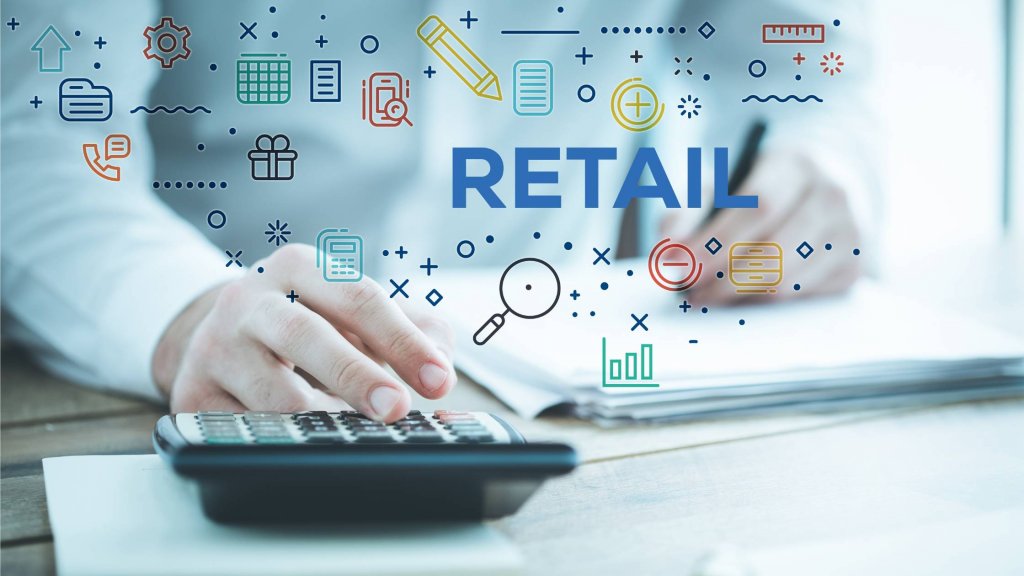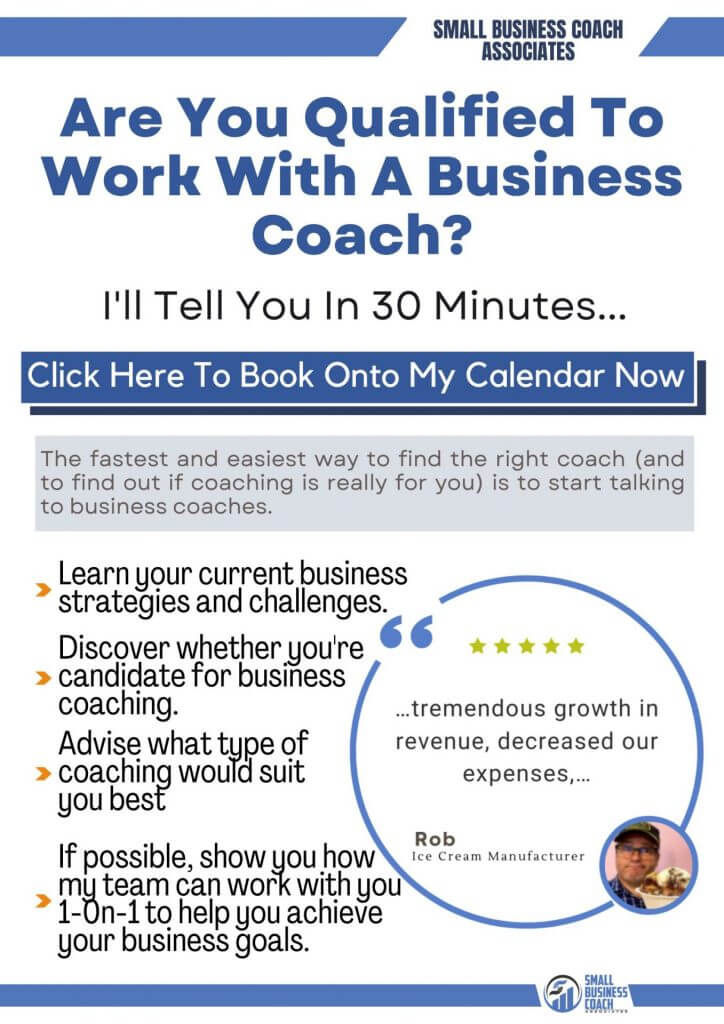VIEW BY TOPIC
- Finding Customers
- Business Systems
- Managing Employees
- Leadership
- Managing Money
Related Posts

Ready to Grow Your Business Fast?
Here’s How I Grew Five Businesses, and Eventually Sold One to a Fortune 500 Company.

How to Start a Retail Company in 4 Steps
In today’s time, numerous opportunities and available tools have made starting a business easier for anyone. In whatever industry you plan to build your brand and company, it is always important first to make yourself equipped with what’s needed for you to be able to catch up to existing similar businesses. A retail company, in particular, provides target customers with small quantities of products and services made available in-store, online, or both. Some retail businesses include supermarkets, clothing stores, department stores, and many others. If you plan to start your own retail company, here are some steps you may need to know.
1. Create a Business Plan
Before starting a business, different ideas about what products to create and what services to offer can come to mind simultaneously. One way to organize these thoughts and ideas is by creating an effective business plan. A business plan helps entrepreneurs document and set up necessary information about the business to create. This may include the following:
- Business Concept. The business concept section of a business plan includes information about the company itself, which may include the form of business organization, vision and mission, business model canvas, target market, and the proposed product or services.
- Business Environment. The business environment section explains the different factors that affect and contribute to the business. Some of these factors may include economic, social, technological, legal factors, etc.
Including a Strengths, Weaknesses, Opportunities, and Threat Analysis, also known as SWOT analysis, is vital to prepare your business for possible successes and challenges in the future.
- Marketing Plan. A marketing plan includes a thorough discussion of product descriptions, prices, budget, the location of the business, promotions, sales plans, and competitions. The price section of the marketing plan presents the amount needed for raw materials and the pricing strategy used in the business.
- Operations Plan. The operations plan explains the actions needed in each operation of the business. This section includes the hours of operation, process flows, material requirements for the business to operate, and the business layout, if applicable.
When looking up what retail business to create, looking up what is most needed and the trend in your location can best help you decide what business to pursue. For example, in America, grocery stores, electronic shops, and home furnishing businesses are one of the highest-operated retail businesses in the country.
Similarly, in Australia, the consumer goods retailing industry has generated over $239 million in revenue this year. Thus business owners, especially groceries and the like, are investing in needed materials and equipment for their businesses to operate efficiently. This includes proper shelving equipment and racks, accurate and reliable retail weighing scales, etc., to ensure that they provide fast and honest services to their customers.
2. Register the Business

After creating a business plan, for sure you now have enough knowledge about what your business is all about and its operations. Making your retail business official means registering it. To do this, you must set your business name and determine the business’s legal structure, which is already part of your business plan under the form of organization section.
In choosing your business’s structure, consulting a business attorney or an accountant to guide you is necessary. This legal structure can determine the tax, liabilities, and certain classifications that regulate your business. Legal business structures include Sole Proprietorship, General Partnership, Limited Liability Company, and Corporation.
Moreover, obtaining documents like retail licenses and permits is also necessary. Business insurance is also of great help to ensure that the business and your employees are protected should common risks occur.
3. Pick a Location for Your Retail Company
The location of your retail business can determine its profitability. Is your store accessible to your target market? Is it a safe location for an established business, or is it better suited for a startup? These are just some of the questions you can use as a guide when choosing a location for your physical store.
Looking closely at your target market, their location, and common interests are some of the aspects you’d want to prioritize for your business locations. Try looking at a safe, accessible space that can match your retail business’s concept and your budget.
Another way to grow your business is by building your online presence. If your business allows, you can also set up an online shop through social media or a business website. “For the latter, you could use WordPress based CMS, ensure to speed up the WordPress site, and add some website design elements to ensure your customers have the greatest experience with your brand.” That way, you can easily transact, connect, and attend to customer concerns, generating more customer leads and business profit.
4. Hire Employees for Your Retail Company
Hiring the right employees will help you and your business to operate smoothly. Depending on your retail business needs, hiring employees that can work efficiently, provide excellent services to customers, and are knowledgeable about what they do are qualities you should look up to.
Setting up specific skills, abilities, experiences, and many others through a job description is one great way to help you find the right employees for your retail business. This way, you can easily match up staff that can satisfy your business goals and operations.
Conclusion on Starting a Retail Company
Knowing and following the steps to starting a retail company can help make the journey more manageable. Establishing your own business can equate to learning and exploring different ways to achieve growth and success. All you have to do is follow steps that can work well with your business’s initial goals and purpose; other processes will likely follow.














